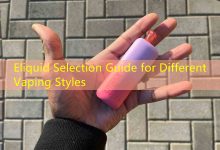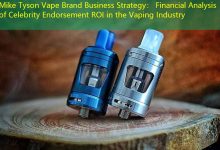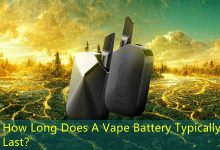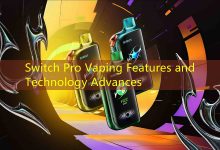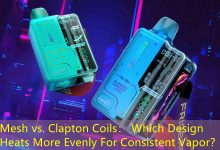DTL vs.. MTL Vaping: Która metoda zapewnia lepszą intensywność smaku?
Debata wokół programu Direct-to-Lung (DTL) i usta-płuca (MTL) Waporyzacja była centralnym punktem zarówno dla początkujących, jak i doświadczonych waperów. Każda metoda ma wyraźne zalety i odwołuje się do różnych preferencji, jeśli chodzi o intensywność smaku, uderzenie w gardło, i ogólne doświadczenie. W tym artykule, zagłębimy się w specyfikację produktu, cechy konstrukcyjne, oceny wydajności, oraz dane demograficzne użytkowników w przypadku obu technik waporyzacji.
Przegląd produktu i specyfikacje
DTL and MTL vaping require different devices with unique specifications tailored to enhance their respective experiences.
Do waporyzacji DTL, urządzenia takie jak zbiorniki subomowe i mody obsługujące chmurę mają większe systemy przepływu powietrza, umożliwiając użytkownikom wdychanie oparów bezpośrednio do płuc. These devices typically feature lower resistance coils (często 0.1 Do 0.5 ohms) and are designed to work with higher VG (gliceryna roślinna) e-płyny, providing thicker vapor and intense flavor profiles.
W przeciwieństwie do tego, MTL vaping mimics the traditional smoking experience, where vapor is first drawn into the mouth before inhaling into the lungs. MTL devices, like pod systems and higher resistance tanks (1.0 ohm and above), utilize smaller airflow and are optimized for higher PG (glikol propylenowy) e-płyny, which enhance throat hit and provide nuanced flavor variations.
Wygląd i uczucie
When it comes to design, DTL devices are often bulkier with larger tanks and drip tips aimed at maximizing airflow. They can adopt a more industrial aesthetic, appealing to individuals who prioritize performance.
MTL devices, z drugiej strony, are more compact and discreet, resembling traditional cigarettes or pens. This design is suitable for users who appreciate subtler, understated devices that can be easily transported.
Intensywność smaku
Both methods deliver distinct flavor profiles, yet they cater to different preferences. DTL vaping often emphasizes bold, expansive flavors due to the ample vapor production and lower nicotine levels. Users typically enjoy sweeter, dessert-like e-liquids that benefit from the high VG base.
Odwrotnie, MTL vaping is celebrated for its ability to enhance complex flavors and provide a satisfying throat hit. Higher nicotine concentrations common in MTL setups suit users who appreciate traditional tobacco flavors or refreshing menthols.
Czas trwania i żywotność baterii
The duration of flavor and overall performance can vary significantly between DTL and MTL setups. DTL devices, while capable of producing richer flavor, may consume e-liquids rapidly due to their higher vapor production. Dlatego, refilling may be necessary more frequently.
MTL devices, z drugiej strony, promote a slower usage rate, allowing for longer-lasting e-liquid reservoirs. Battery life is also a critical factor; MTL devices typically require less power, leading to extended usage on a single charge compared to DTL setups which may require more frequent charging due to heavier consumption.
Performance and Usage
DTL vaping requires a more significant commitment to technique. Users must find an ideal balance in airflow settings, wattage, and resistance levels to optimize their experience. Proper technique can lead to a highly personalized and rewarding session.
MTL vaping is generally more forgiving for newcomers, as it aligns closely with traditional smoking habits. The straightforward approach, with a focus on flavor rather than vapor production, allows for a less intimidating entry into the world of vaping.
Zalety i wady
Each method carries its pros and cons:
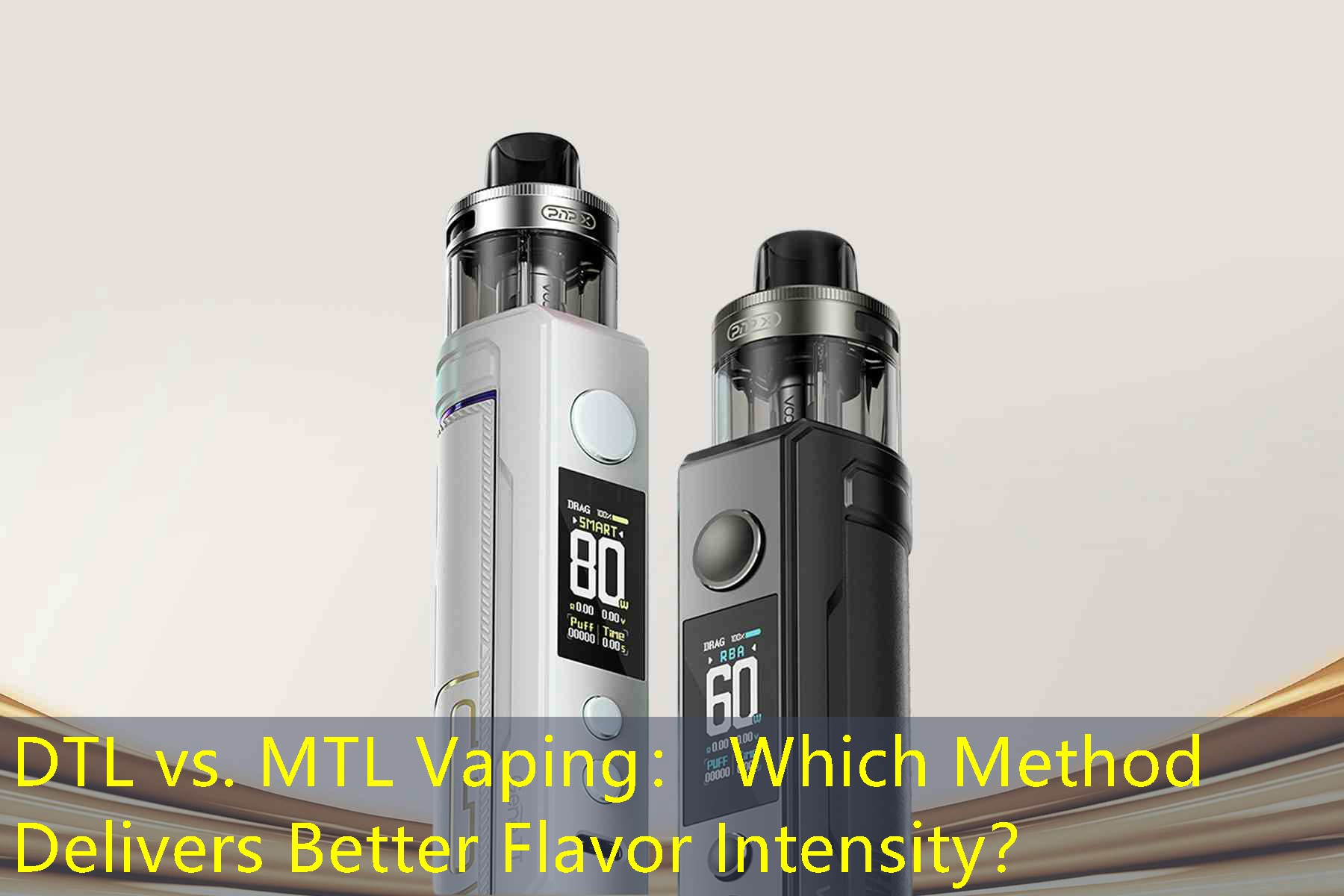
DTL Advantages:
– Intense flavor and vapor production
– Suitable for high VG e-liquids
– Potential for larger vapor clouds
DTL Disadvantages:
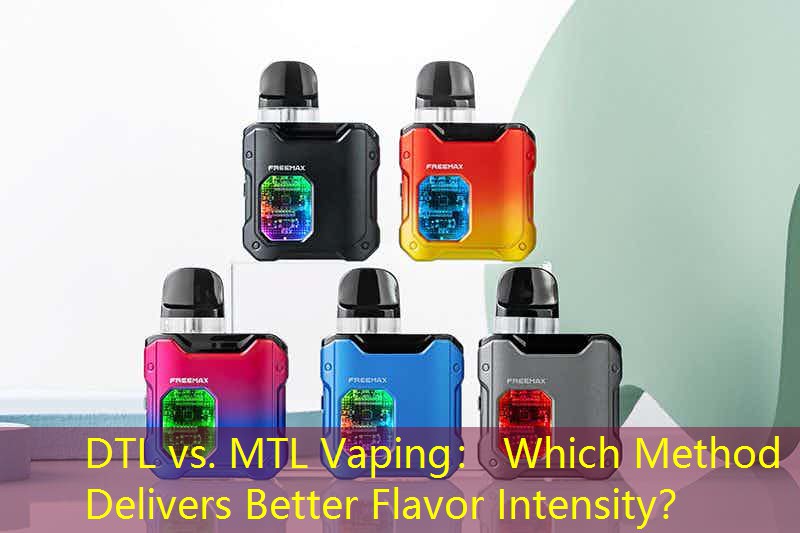
– Increased e-liquid consumption
– More complex device management and settings
– Can result in a smoother throat hit, which may be undesirable for some users
MTL Advantages:
– Enhanced flavor retention and complexity
– Lower e-liquid consumption
– Familiar experience for former tobacco users
MTL Disadvantages:
– Limited vapor production and cloud potential
– Requires higher nicotine levels
– May not satisfy those seeking a more substantial throat hit
User Demographics
Target audiences for DTL and MTL vaping methods vary. DTL vaping generally appeals to cloud chasers and flavor enthusiasts who tend to have some experience with vaping. This group often seeks elaborate setups and enjoys customizing their experience.
Tymczasem, MTL vaping attracts newcomers, former smokers, and casual users looking for a seamless transition from traditional cigarettes. The ease of use and familiar inhalation techniques make it an attractive option for those who desire simplicity and flavor without the complexity of DTL devices.
Podsumowując, choosing between DTL and MTL vaping comes down to personal preferences in flavor intensity, device management, and smoking history. Each method has its merits and shortcomings, making it essential for users to explore both to find their ideal vaping experience.
